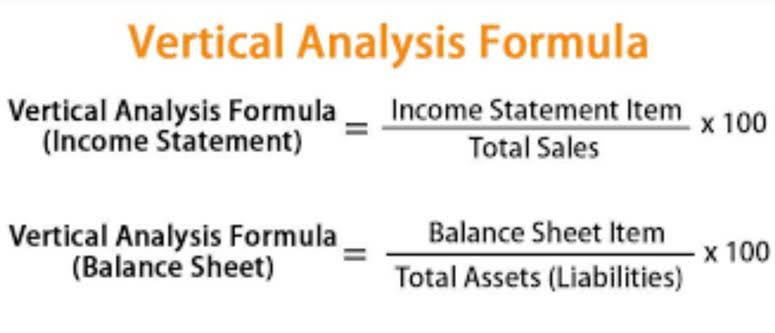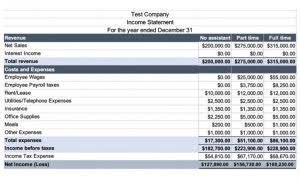
In addition, they utilize risk assessment techniques to analyze the risks of anomalies in business governance, notably financial statement misstatements. An audit plan refers to the design of an audit describing the overall audit strategy and guidelines to follow while performing the audit. Another common audit planning mistake is the use of a balance sheet audit approach. Therefore, the chief audit executive within the business corporation must make an effort to plan the internal audit for the long term. The strategic audit plan should be reviewed every year to update it according to the dynamically changing circumstances and business environment. For instance, it explains the audit strategy based on the organizational objectives, hierarchy, and goals.
Audit Planning and Risk Assessment
The resulting documentation primarily contains the overall strategy and plan. In addition, it may consist of the changes applied to the overall strategy and audit plan processes during its implementation and the reason for changes. The draft audit program should cash flow be shared and reviewed with the process leader. This level of transparency should be positively received by the process leader, whether they want the work performed or not. Their feedback will confirm the team’s understanding of the process, and sometimes can even shorten fieldwork time because the process leader will begin to indicate which controls were not done or are not working as intended.
Step-by-Step Internal Audit Checklist
The best way to divide an organisation into auditable sections can be different in every organisation and the sections can be divided in a method that is customised to suit the organisation. Ways in which they can be done may include; division by Functionality, by location, by department or by product. If the internal How to prepare for an annual audit audit is being conducted in a group of companies, one single company can be identified as an auditable section. The chief audit executive is responsible for developing a risk-based audit plan in an organisation. Auditors can use checklists to ensure thorough coverage of all ISO 9001 requirements. The digital checklists combined with the ISO 9001 auditing app allow auditors to record findings in real time, capture photos, and share reports directly with the team, streamlining the process and improving accuracy.
- Examples of emerging risks in 2020 include cybersecurity, pandemic/disaster response (e.g., COVID-19), policing and public safety (for state and local governments) and economic and financial distress.
- The audit team utilizes audit techniques to collect audit evidence once the risks have been recognized.
- There you have it—the creation of the audit strategy and the audit plan.
- The strategic plan is flexible and is to be changed annually based on the strategic front of the company.
- Internal audits have the benefit of a looser scope, allowing an organization to focus on priority areas or areas that may not be examined in a formal compliance audit.
- It is performed by individuals independent of the business functions or processes under evaluation.
Audit Engagement

When internal audit can spend more of their time and resources aligned to their organization’s strategy and key objectives, internal auditor job satisfaction will increase because they will be taking on more interesting projects. The Audit Committee and C-suite may become more engaged with internal audit’s work in strategic areas. Perhaps most importantly, recommendations made by internal audit will have a more dramatic impact to enable positive change in their organizations.

Testing Procedures, Methods, and Best Practices

Once the audit universe is defined, the Bookkeeping for Veterinarians risk assessment methodology is incorporated. The primary purpose of an internal audit is risk assessment and mitigation. The internal control system comprises the set rules on how the company will act to safeguard the company’s interest and prepare true & fair financial statements. Whenever a business is set up, it sets several rules, protocols, and SOPs.

- Internal audits provide many benefits to an organization, giving management and leadership another lens to improve operations.
- Internal audit aims to be an independent and objective activity designed to add value and improve an organization’s operations.
- After performing the audit, the internal auditor will summarize his findings and relevant suggestions.
- Internal audit’s work in this initial stage is generally not intended to assess the organization’s response to these risks.
- If you really want to impress, consider inviting your subject matter expert to the planning meeting.
- IAS conducts an annual audit planning process which involves the Risk Assessment Phase and the Audit Plan Preparation Phase (see below).
- Audit techniques often employed by auditors include analytical procedures, investigation, examination of records and assets, observation, reconciliation, and reperformance.
It is important that personnel within the business functions that are to be involved in each audit be notified in advance and made aware of the audit purpose and objectives so that they can prepare as well. The internal audit team may need to be creative in evaluating these risks. In the risk assessment process, the internal audit team may not always solicit input below the department or division management.











